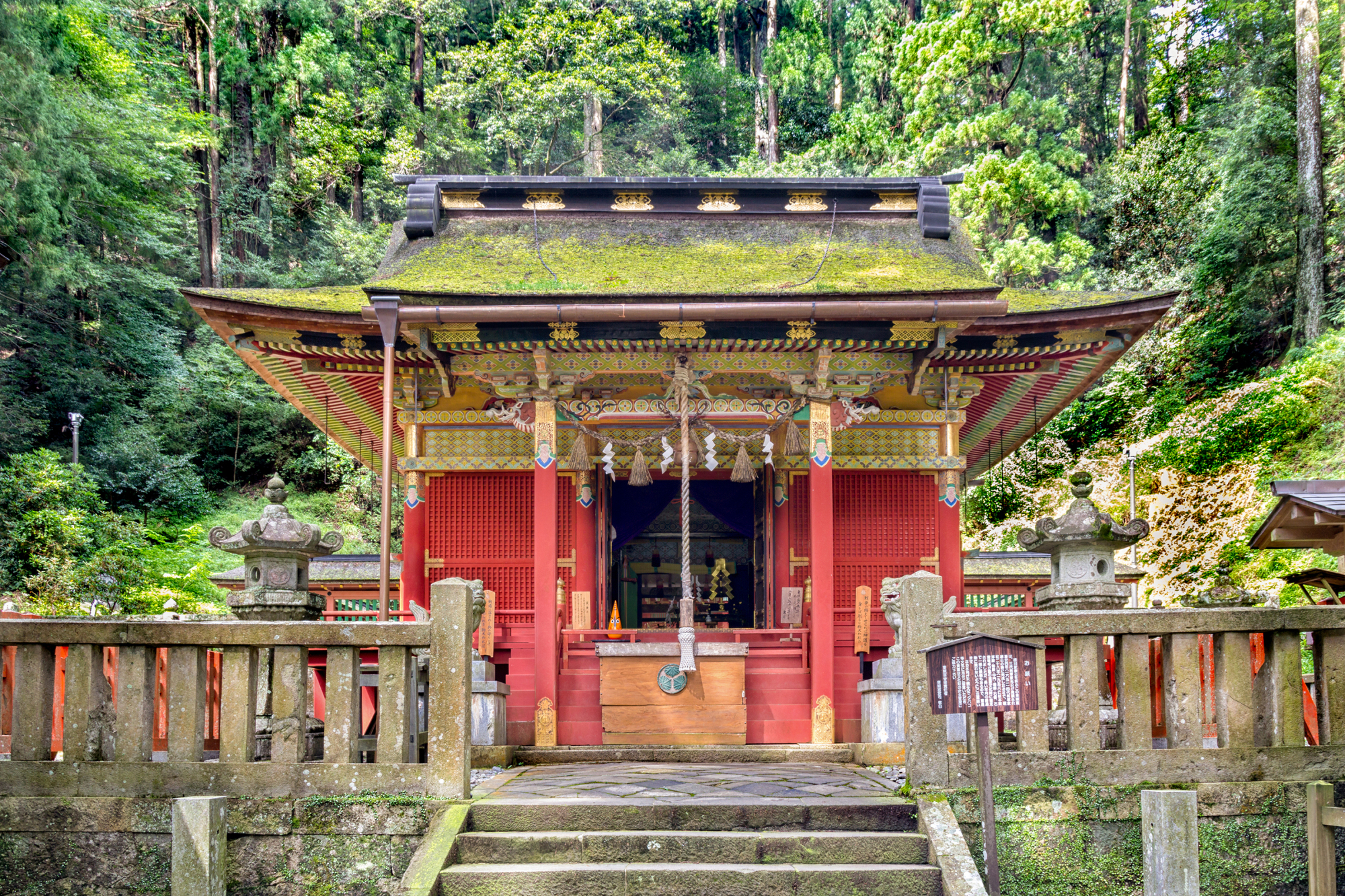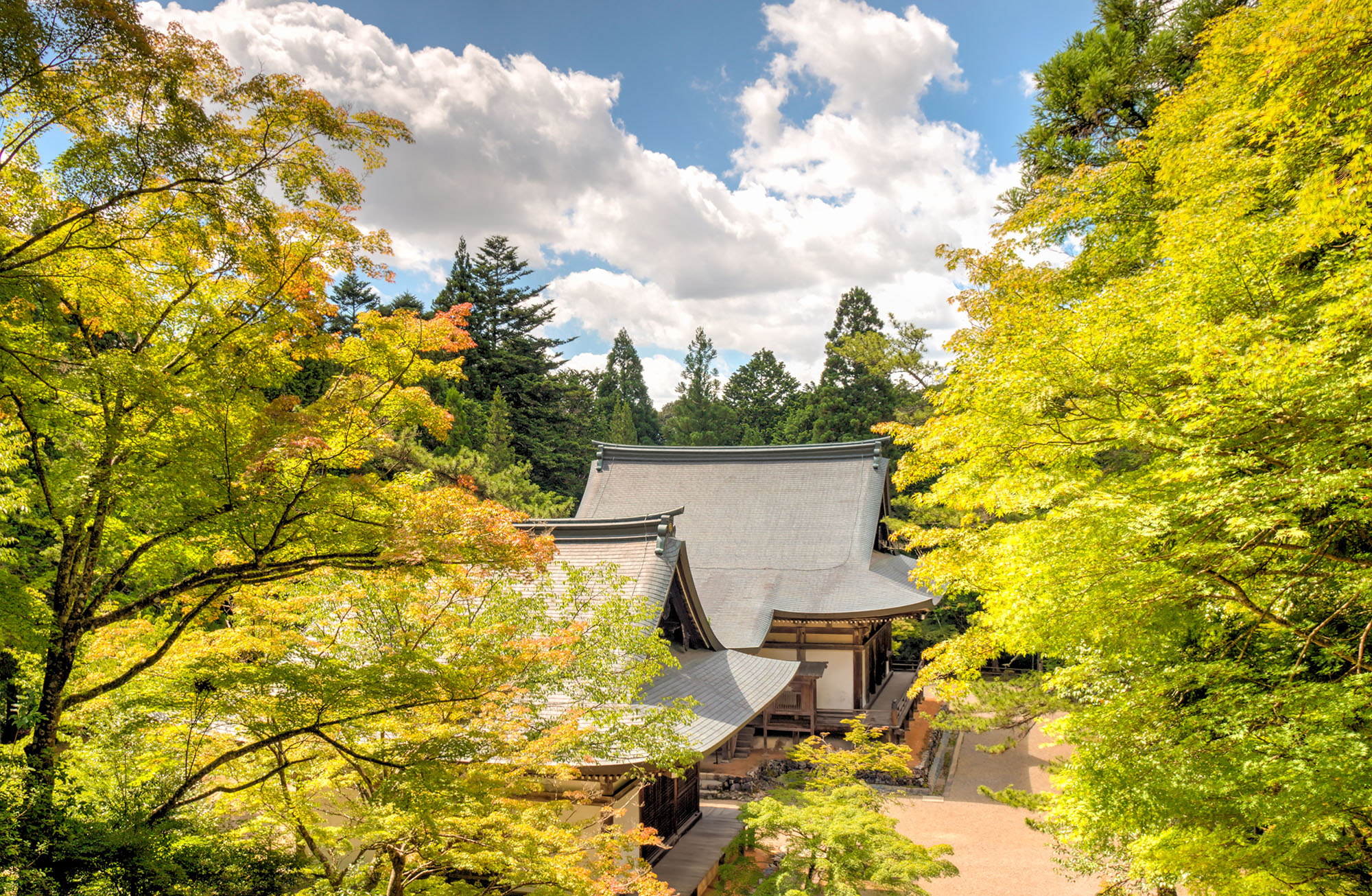Meta
Alon Adika
Alon Adika, a travel writer for The Japan Times, holds a B.A. degree in East Asian Studies and a M.Sc. degree in education. He lived in Japan for a number of years and returns as often as possible. He currently resides in New York City.
Jul 16, 2016
Apr 11, 2015
Aug 16, 2014
May 3, 2014
Feb 1, 2014
Sep 21, 2013
Aug 3, 2013
Jun 23, 2013
Jul 15, 2012































